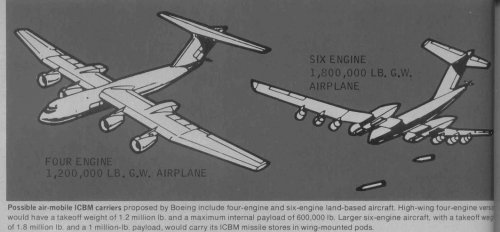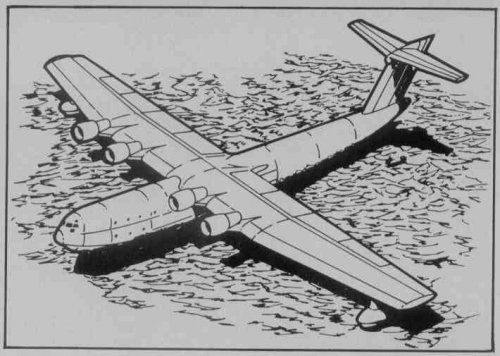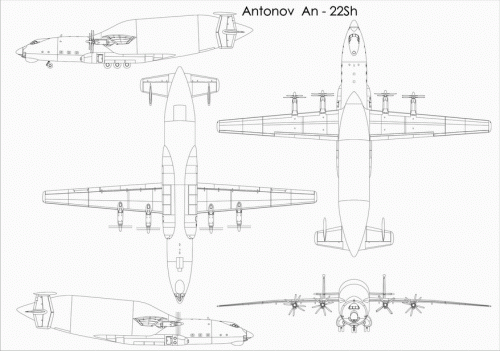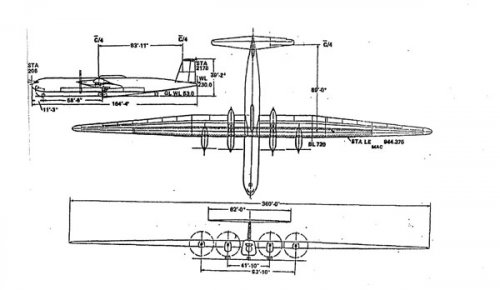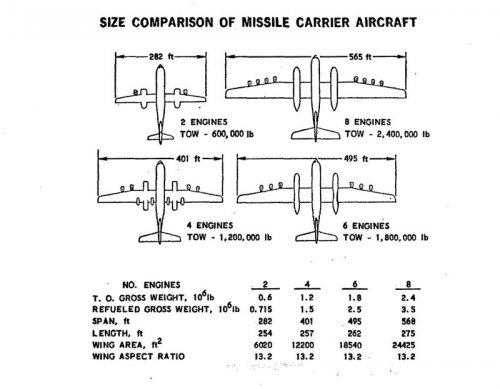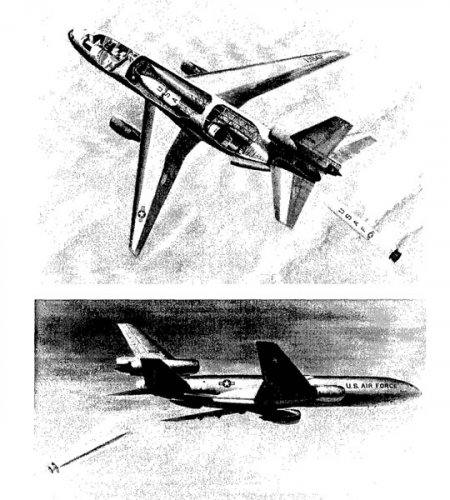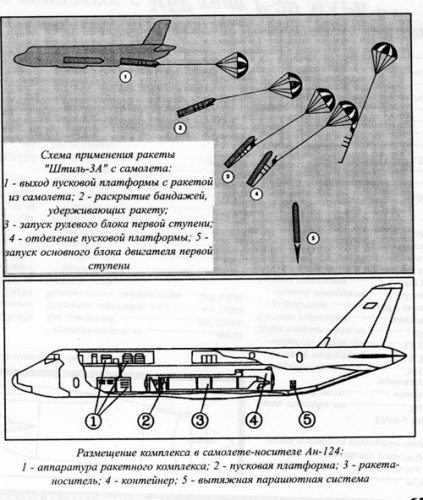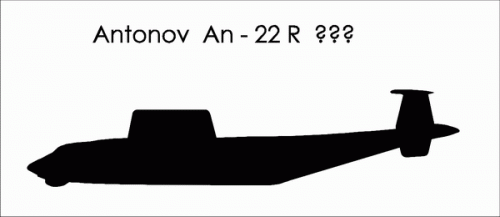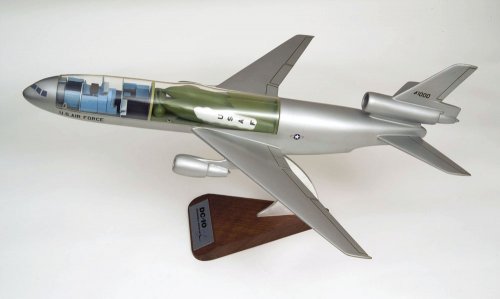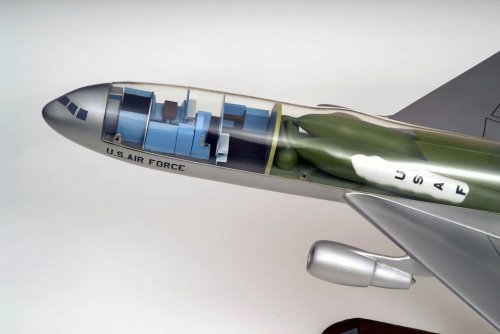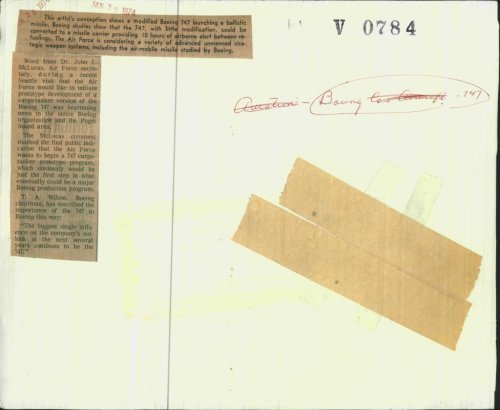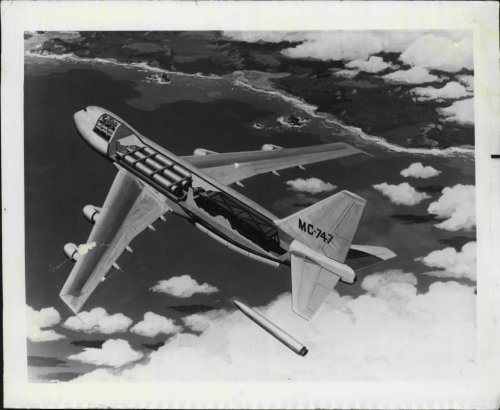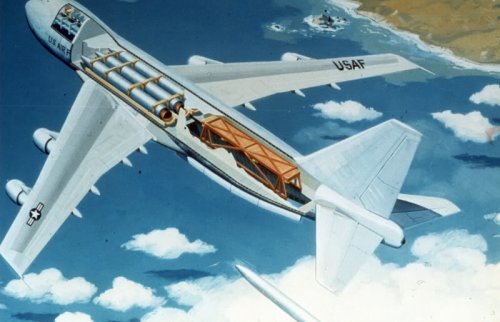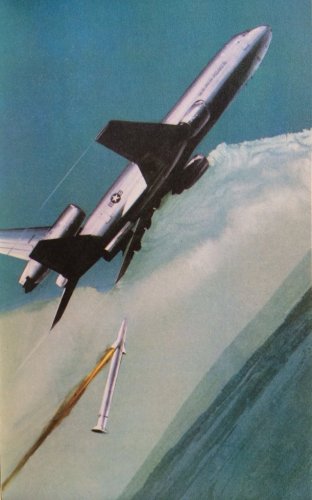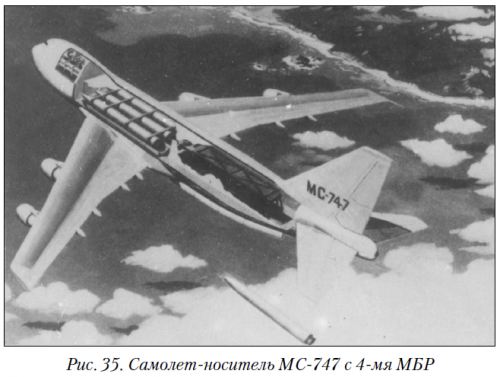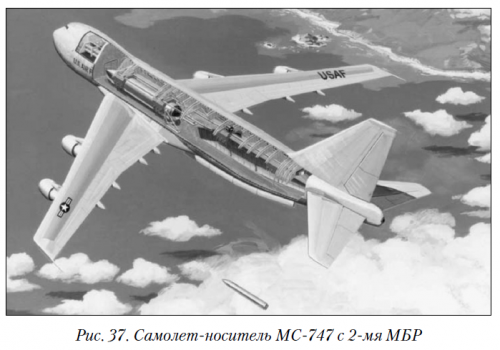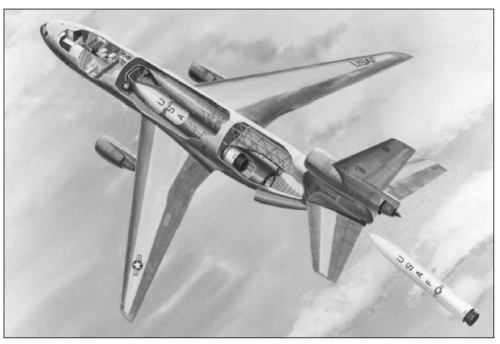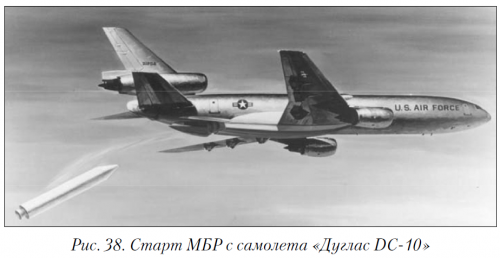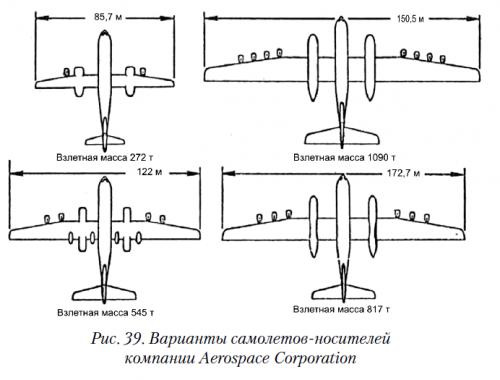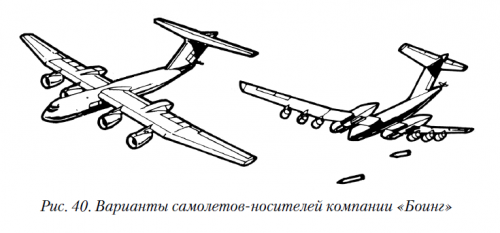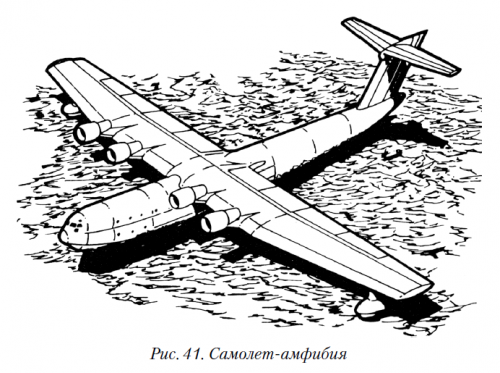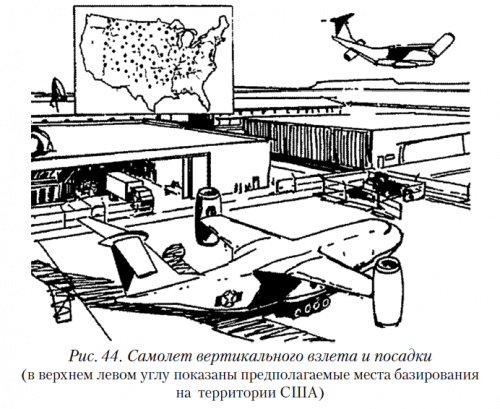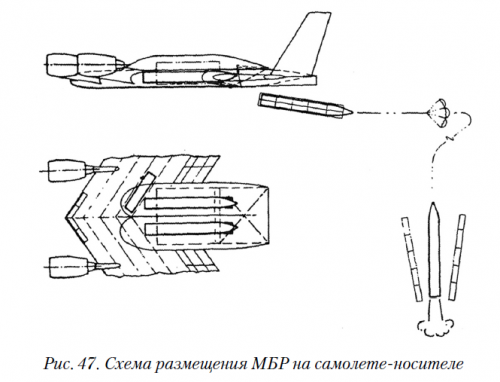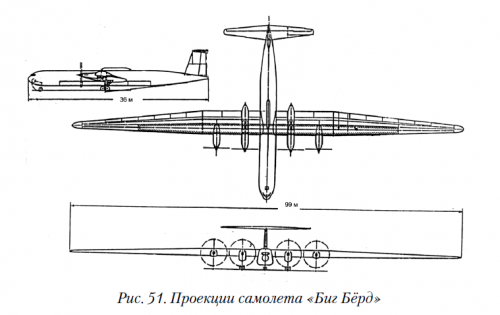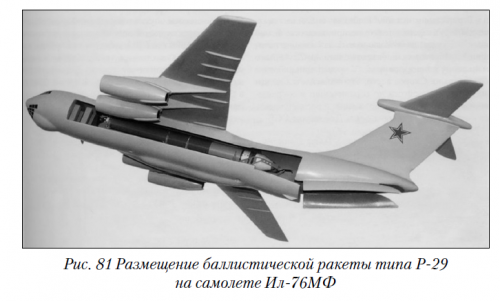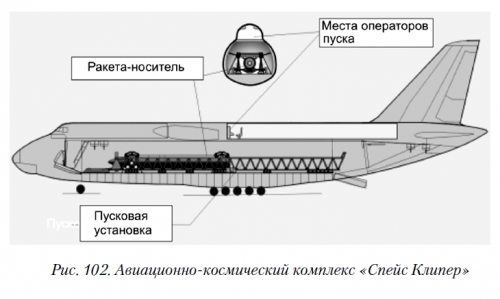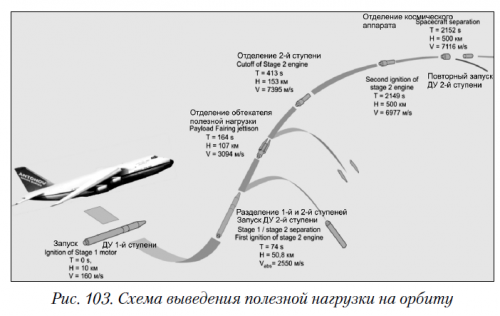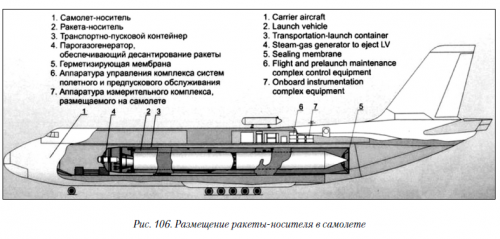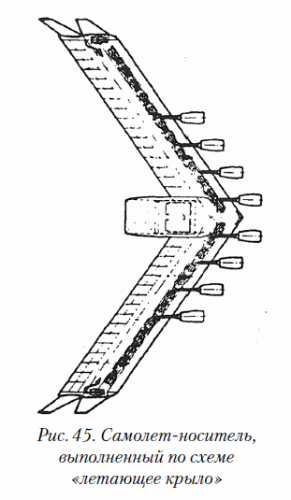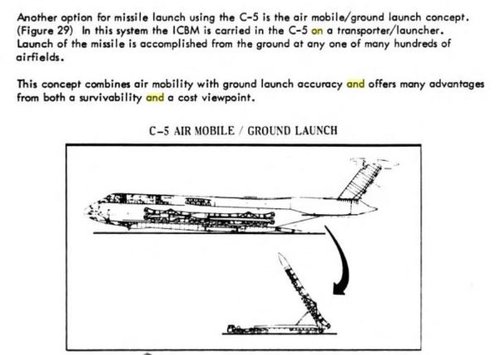Using airplanes (big and not so big ones) to carry or carry and launch ICBM has a rather long and winding story. I've not be able to find any such concepts at the very start of the ICBM history (sorry, no UAV carrying Minutemen), but already in 1964 the Aerospace Corporation (a sort of competitor of RAND) in its broad Golden Arrow study on the future of land-based ICBMs devised at least two concepts. The second I'll leave to another post since it is not strictly an ICBM launcher. The first was for a air transportable system, based on C-141 used to continously lifting two Minuteman complete with their erector-launchers from a base to another in the CONUS. Nothing happened and the ait-mobile ICBM seemed to fall out of fashion: the 1967 Strat-X study covered a lot of different options for basing ICBM, EXCLUDING the air-mobile one.
In 1973 the wind changed, under the influence of Gen. Otto Glasser, Deputy Chief of Staff for Research and Development, who had worked with the famous Gen. Schriever, father of many of the innovations within USAF. Actually Lockheed had designed and proposed in 1970 a C-5 based missile launcher carrying three Poseidons, called Greyhound, but Poseidons were Navy things...
Between 1973 and 1976 a score a proposals followed. The Boeing ones described above were presented in 1974 at an AIAA conference by Ben T. Plymale, then vicepresident and general manager of the Rockets and Missiles Division of Boeing. MDD followed suit, with a 1975 proposed DC-10 conversion illustrated below. It carried two missile larger than the Minuteman and based on the 93-inches configuration of MX. But already in 1973 the Aerospace Corporation had studied a large number of configurations of ICBM carriers and launchers. Four of them are illustrated below. But there were many more. I discovered traces of: again C-5s, heavy-lifts helicopters, rocket-equipped platforms, shuttle versions (Scott has this), towed gliders, airships, both traditional (both blimp and rigid by Goodyear) and hybrid, stretched versions of FB-111 and specialized versions of the B-1. The DoD wasn't so enthusiastic about the concept of an air-mobile ICBM but left open the door. The Carter administration closed it, at least until late 1978, when the concept resurfaced in the midst of the "decision process" on the basing mode for the MX. This time it was proposed as a carrier aircraft a stretched version of the AMST called C-1XA, carrying a single MX and able to air launch it. It was envisioned a fleet of 150 aircrafts dispersed between some 4600 airfields in CONUS.
Last air launched ICBM concept I know about is from 1981, early in the Reagan administration. The Townes Panel, convened to again offer counsel on the MX basing stated that the preferred one would a continously airborne patrol. In parallel, SecDef Weinberger endorsed a two-pronged air-basing. Short term a fleet of Cargo 747 or C-5 would shift the MX and their erector-launcher between airports. Long term, the missile would have been transported and launched in the air by a new Boeing-designed aircraft, the Big Bird, illustrated below. This was a huge beast, as you can see. It was propelled by four turboprops.

